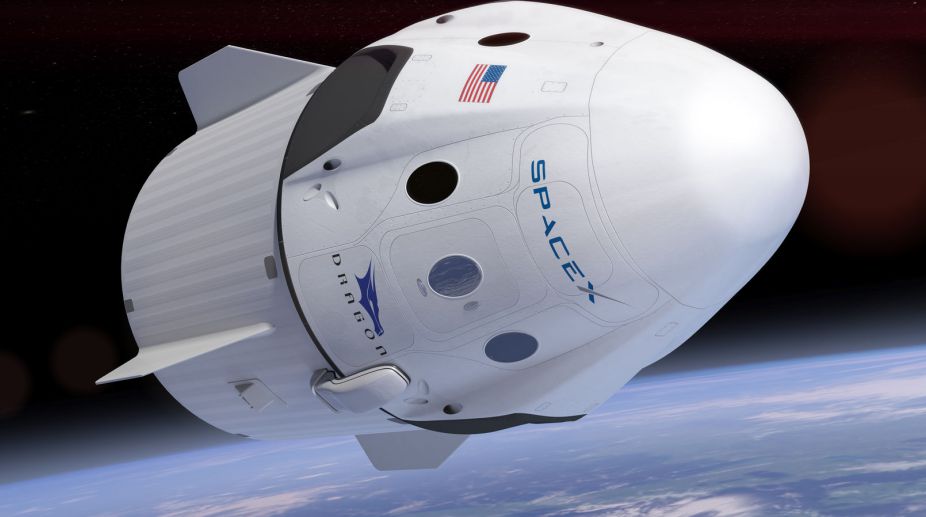US private flight company SpaceX on Thursday launched its first two test satellites for its global broadband internet in space project.
A used Falcon 9 rocket blasted off from Space Launch Complex 4E at California’s Vandenberg Air Force Base, carrying Spain’s PAZ, a radar-imaging satellite, and two SpaceX test satellites for global broadband, Xinhua news agency reported.
Advertisement
The Falcon 9’s first stage separated from the second stage about two minutes after lift-off. Cheers and applause broke out in the SpaceX control room as the launch was streamed live online.
The launch’s primary mission is to deliver PAZ into orbit for the Spain-based company Hisdesat. The satellite has been deployed approximately 11 minutes after launch.
“Successful deployment of PAZ satellite to low-Earth orbit confirmed,” the California-based company tweeted.
According to the mission description, equipped with an advanced radar instrument, PAZ will cover the entire globe in 24 hours, serving both commercial and government needs.
Designed for a mission life of five and a half years, PAZ will orbit the Earth 15 times per day, providing an internet coverage for an area of over 300,000 square km from an altitude of 514 km and a velocity of seven km per second.
PAZ was not riding alone on the recycled Falcon 9.
Quietly on board were two additional experimental broadband satellites, Microsat-2a and Microsat-2b, a big first step in SpaceX’s long-term plans to create satellite internet over the next decade.
Falcon 9’s first stage for the PAZ mission previously supported the FORMOSAT-5 mission from SLC-4E in August 2017. SpaceX did not attempt to recover Falcon 9’s first stage after Thursday’s launch.
In addition, there is another heightened interest in this launch. SpaceX was trying to “catch” one of the two payload fairings that enclosed the satellite at the top of the rocket.
These fairings were separated from the rocket about three minutes after launch. Currently, a typical Falcon 9 launch costs around $62 million. The value of these fairings is about $6 million, recovering and reusing them would save costs.
SpaceX called off an attempted launch of its Falcon 9 rocket on Wednesday morning due to strong high-altitude winds.











